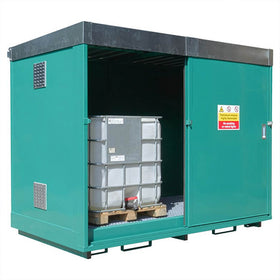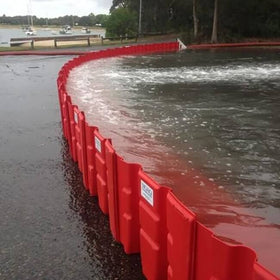Gulf of Thailand Oil Spill: Doubts persist over cleanup efforts
50,000 litres leaked into the Gulf of Thailand
Last Sunday a pipeline in the Gulf of Thailand ruptured gushing an estimated 50,000 litres of crude oil into the sea, of which 5,000 litres has now washed up onto the popular tourist resort of Koh Samet. The slick has engulfed the pristine white sands of Ao Phrao beach covering a 600 metre stretch, while a 30cm thick sludge remains offshore amid concerns that the cleanup operation lacks sophistication and expertise.
The leak was first detected during a routine oil transfer from a moored tanker to the pipeline and subsequently the Royal Thai Navy has been deployed for remedial work along with hundreds of other volunteers. However, the Thai Deputy PM Plodprasop Suraswadi claimed that the country is ill equipped to contain the oil spill and have sought assistance from neighbouring countries.
Idyllic beach to be “cleansed” within three days
The pipeline is operated by PTT Global Chemical, the partially state owned petrochemical and refining company. They have flown oil spill containment and management experts to help speed up the removal of the oil. PTT Global Chemical had confidently stated that they believed the bay of Koh Samet would be “cleansed” within three days, claims that were clearly at odds with campaigners from Greenpeace.
One Greenpeace representative said it was “very disappointing that this global company has no emergency plan to deal with the crisis.” Further proof of this was evident when a local hotelier launched an appeal for donations of human hair to make a “hair sausage” to absorb the oil. The incident compelled Greenpeace to call on the Thai government to place a moratorium on their exploration of oil in the Gulf of Thailand.
Extreme impact on tourism
The Thai Tourism Minister Somsak Phurisisak expressed his shock at the spill telling reporters that he “didn’t think this spill would impact tourism in such as extreme way.” While booms lay saturated with oil on the beach, cleanup crews have been pumping the crude into holding tanks and IBC’s while simultaneously mopping up the oil with absorbent pads, one academic has questioned the original estimate of the size of the spill. By using satellite imagery and calculating the quantity of dispersant used, Professor Sompmorn Chuai-Aree estimated that the true size of the spill could be 100,000 litres, double the original estimate.
Initial response to spill deemed ineffective
Many doubts remain over the remedial work carried out by PTT Global Chemical. The 200 metre long boom initially used to contain the spill appears to have been too small and ineffective in containing the spill and now many have questions over the type of dispersant in use in the Gulf of Thailand. Furthermore, some witnesses have reported seeing cleanup crews working without the correct PPE, an oversight which could have potentially damaging consequences for personal health if they come into contact with some of the dangerous toxins present in some oil dispersants.
For a company such as PTT Global Chemical, who increased its profits in 2012 by 13% on the previous year, the lack of contingency shows a naivety and lack of organisational planning that conflict with the company’s aims to expand aggressively throughout Southeast Asia in the coming years.
www.yellowshield.co.uk
Initial response to spill deemed ineffective
Many doubts remain over the remedial work carried out by PTT Global Chemical. The 200 metre long boom initially used to contain the spill appears to have been too small and ineffective in containing the spill and now many have questions over the type of dispersant in use in the Gulf of Thailand. Furthermore, some witnesses have reported seeing cleanup crews working without the correct PPE, an oversight which could have potentially damaging consequences for personal health if they come into contact with some of the dangerous toxins present in some oil dispersants.




